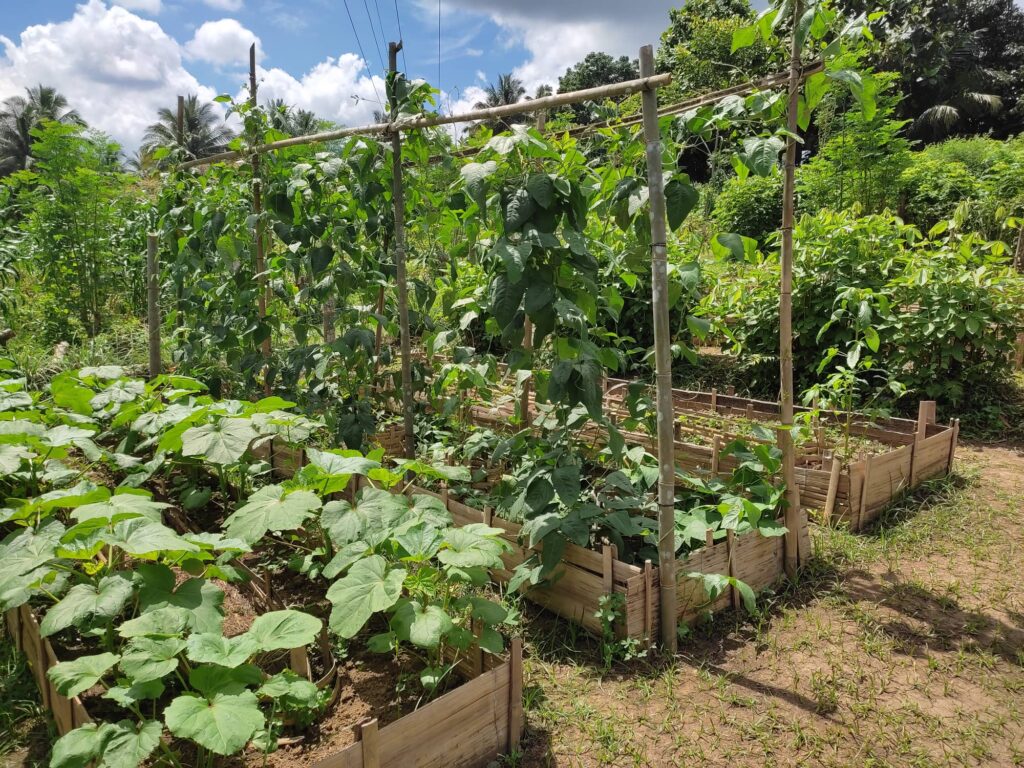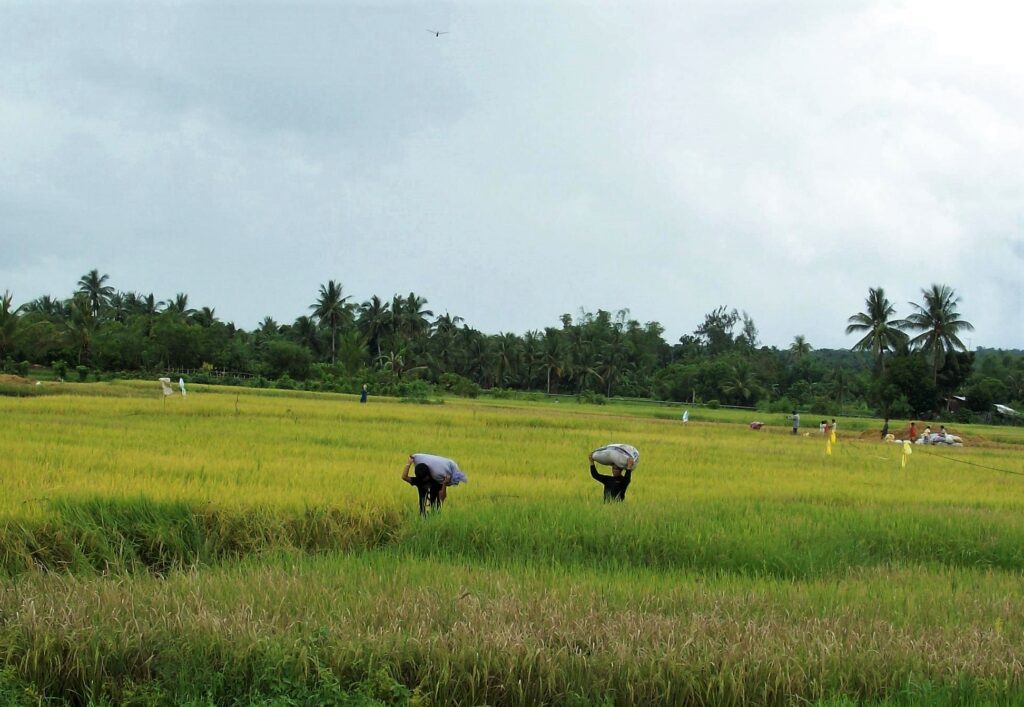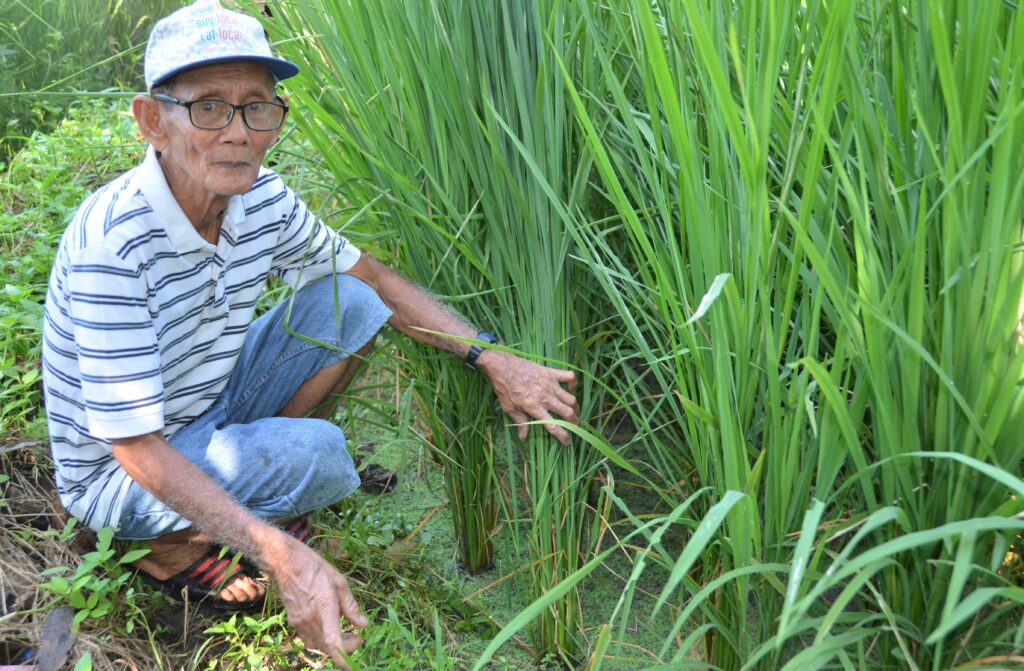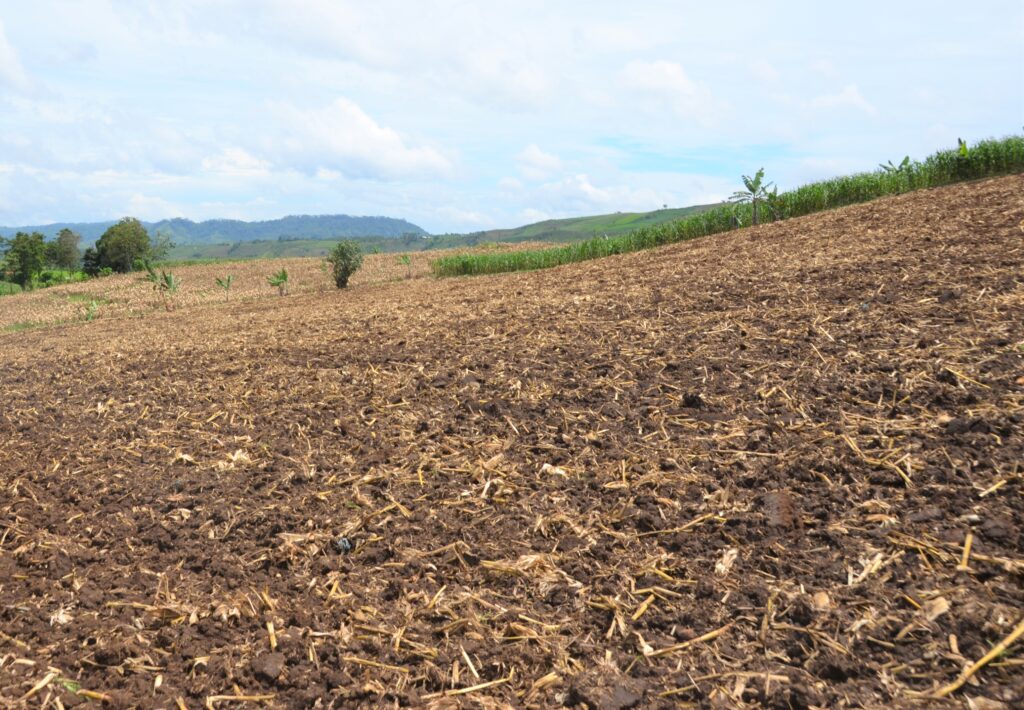Text and Photos by Henrylito D. Tacio
More Filipinos will suffer from hunger as temperature continues to rise all over the world brought about by climate change.
“Climate change is upon us. It’s here and it can only get worse. We believe that climate change is going to be more intense. The Philippines will be most vulnerable if the people are least prepared,” said Amelie Obusan, climate and energy campaigner of Greenpeace Philippines.
The World Bank lists the Philippines as one of the top 12 countries “at highest risk to climate change.” Droughts, floods, storms, rising sea levels, and greater uncertainty in agriculture were the reasons cited why the country was included in the top list.
The 2013 Global Climate Risk Index ranked the Philippines fourth among more than 190 countries around the world that have suffered the most extreme weather events such as flooding and storms over the past 20 years.
“Losses and damages from extreme weather events are the reality today in particular in developing countries. Recent science results tell us that climate change is an increasing factor in the occurrence of very heavy events,” Sven Harmeling, the lead on climate change policy at environment organization Germanwatch, was quoted as saying during the United Nations climate summit at Doha, Qatar recently.
The Philippine Atmospheric, Geophysical, and Astronomical Services Administration has already warned the public of extreme weather conditions characterized by significant increase in hot days and warm nights, extreme rainfall activity, and significant increase in annual mean temperature.
While the frequency remains the same at about 20 typhoons a year, there are now about five to six of these that are stronger with wind speeds of about 220 kilometers per hour compared to about two or three previously. And they bring a lot of rain.
More importantly, climate change will greatly affect food production. “Despite the technological advances in the second half of the 20th century, agriculture remains to be one of the most vulnerable sectors to climate change,” notes Apple Jean C. Martin in a policy advocacy.
“Agriculture is highly vulnerable and affected by the impacts of climate change,” agreed Dr. Gil C. Saguiguit, Jr., former director of the Laguna-based Southeast Asian Regional Center for Graduate Study and Research in Agriculture (SEARCA).
“The battle for climate change is either won or lost in the grassroots level where localized interventions will play a big role,” he said during a workshop on Environmental Leadership in Climate Change Adaptation convened by SEARCA and the Department of Agriculture-Bureau of Agricultural Research (DA-BAR) some years back. He urged community leaders to strengthen their capacity in the struggle to adopt and address climate change that impacts on food and agriculture.
A policy report from the Washington-based International Food Policy Research Institute (IFPRI) said that populations in the developing world, which are already vulnerable and food insecure, are “likely to be the most seriously affected” by climate change.
In 2005, nearly half of the economically active population in developing countries – 2.5 billion people – relied on agriculture for its livelihood. Today, 75 percent of the world’s poor live in rural areas! In the Philippines, 30 years from now, the population would reach over 140 million.
“With decreasing land area devoted to agriculture, higher prices of agricultural inputs, fewer people engaging in agriculture and education in agriculture, and now, the advent of climate change, feeding the nation is a huge challenge,” writes Amavel A. Velasco in an article which appeared in BAR Digest.
The country’s population, according to the Department of Agriculture, is predominantly rural (70 percent) and two-thirds of the population depend on farming for their livelihood. In terms of employment, about one-half of the labor force is engaged in agricultural activities.
Unfortunately, their work and other farming activities are being threatened with climate change. Take the case of rice, the primary food of Filipinos. Laboratory findings at the International Rice Research Institute (IRRI) show that for every 1 degree Celsius increase in temperature, a 15 percent reduction in rice yields follows.
The Laguna-based Philippine Council for Agriculture, Aquatic and Natural Resources Research and Development (PCAARRD), said that since 1980, the Philippines has been experiencing an increase in annual mean rainfall, and since 1990, an increase in the number of rainy days.
There was also an increase in inter-annual variability of onset of rainfall in the past decades. “This erratic rainfall pattern has greatly affected the planting schedule and other activities of the farmers,” said PCARRD, a line agency of the Department of Science and Technology.
Extreme events – heat waves, drought, and heavy rainfall – have become more frequent. Between 1961 and 1998, there was an increase in hot days and warm nights. There was increased occurrence of extreme rains causing flash floods, landslides, and inundation of low-lying areas. Droughts normally associated with El Niño became more intense.
“All these extreme events caused massive crop failures and damages to agricultural irrigation facilities and infrastructures,” the PCAARRD said. It singed out the 1997-98 El Niño event, which has brought considerable yield decline in rice and corn harvests.
Unfortunately, agriculture is also one of the main contributors of greenhouse gases, the culprit of the rising temperatures around the world. Rice fields, for instance, are one of the major contributors of methane in the atmosphere. “An estimated 19 percent of the world’s methane production comes from rice paddies,” admits Dr. Alan Teramura, a botany professor at the University of Maryland. “As populations increase in rice-growing areas, more rice – and more methane – are produced.”
“Rice is a plant that grows best in wet soil, with its roots flooded,” explains L. Hartwell Allen, an American soil scientist at the Crops Genetics and Environmental Research Unit in Gainesville, Florida. “But flooded rice crops emit substantial amounts of methane to the atmosphere.”
Scientists explain that long-term flooding of the fields cuts the soil off from atmospheric oxygen and causes anaerobic fermentation of organic matter in the soil. During the wet season, rice cannot hold the carbon in anaerobic conditions. The microbes in the soil convert the carbon into methane which is then released through the respiration of the rice plant or through diffusion of water.
Decomposition of organic material in flooded rice fields produces methane, which then escapes to the atmosphere during the growing season. “Traditionally, farmers flood their rice fields continuously and incorporate 4-5 tons of rice straw per hectare at land preparation,” PCARRD said in a report. “Every year, these practices release 5,883 tons of methane to the atmosphere.”
Aside from growing rice, the Philippines is also known for raising livestock like cattle, goats, swine, and sheep.
“Agriculture, through meat production, is one of the main contributors to the emission of greenhouse gases and thus has a potential impact on climate change,” said the United Nations Environment Program (UNEP). “Most studies attribute 10 percent to 35 percent of all global greenhouse gasses emissions to agriculture.”
The digestive system of ruminant animals such as cattle and goats contain anaerobic bacteria and thus produce methane gas. A single cow belches out 100 gallons of methane gas a day.
Think globally, act locally, environmentalists urge. “Human survival and environmental preservation must always be at the forefront of our concerns,” Martin writes. “Beyond statistics, predictions, and abundant yet unconsolidated researches, climate change efforts must translate into something that would directly help the people cope with the impacts of climate change.”
The sooner, the better. “Science teaches us that if we act decisively and collectively, soon we can manage global change,” BAR Director Nicomedes P. Eleazar surmises. “The sooner our act on this, the cheaper it will be for the country.” – ###





